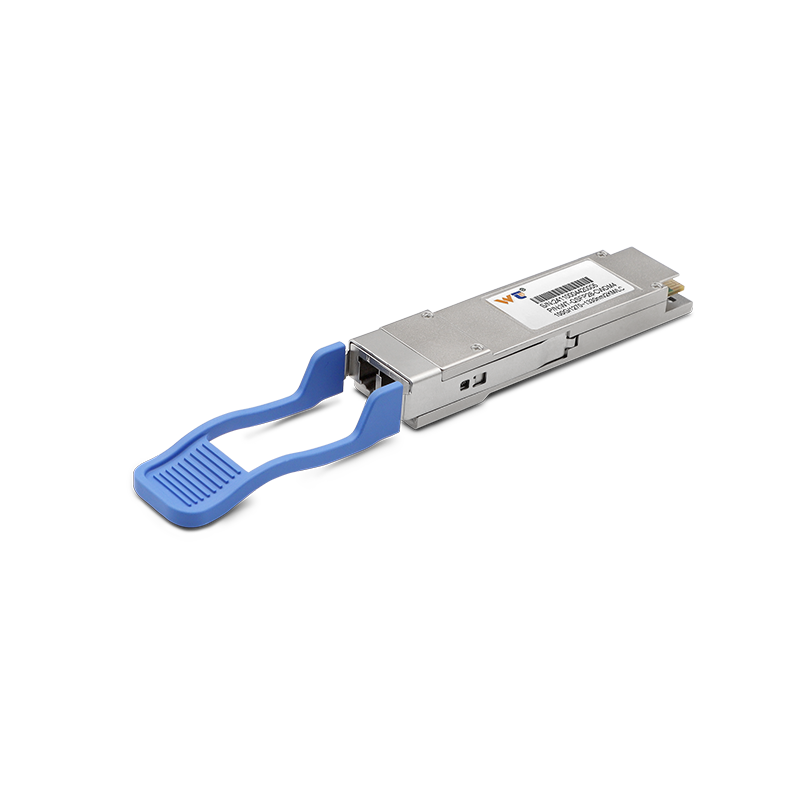Packet loss occurs when data packets fail to reach their intended destination during transmission across a network. This phenomenon is a crucial aspect of networking and telecommunications, often leading to latency, jitter, and in severe cases, complete disruption of service. Network congestion, faulty hardware, software bugs, and signal interference are some of the common causes of packet loss. Understanding the significance of packet loss is essential for professionals who work in IT and telecommunications, as it directly affects the quality of service experienced by end-users.
In the realm of networking, several types of packet loss can be identified. Single packet loss occurs when an individual packet is lost due to network issues, while burst packet loss happens when multiple consecutive packets are lost, often indicating significant underlying problems such as congestion or faulty equipment. Random packet loss, on the other hand, is less predictable and can arise from various transient issues within the network. Each type of packet loss has different implications for troubleshooting and network management, requiring a nuanced understanding of the network's architecture and behavior to effectively mitigate its impact.
The working principle behind packet loss can be attributed to the intrinsic nature of data transmission over networks. Each data packet is enveloped in a protocol header, which contains essential information such as the source and destination addresses. When routers and switches process these packets, they queue them for transmission. If the routing devices encounter congestion—an excess of packets awaiting processing—they may drop packets altogether, leading to loss. Network protocols like TCP implement mechanisms to detect and retransmit lost packets, thereby maintaining the integrity of data transmission. However, excessive packet loss can overwhelm these recovery processes, resulting in noticeable declines in service quality.
Packet loss finds its applications in various fields, from streaming services to online gaming. In video conferencing applications, for instance, packet loss can result in choppy audio and video, severely compromising communication. Similarly, online gaming experiences degradation in responsiveness, negatively impacting user experience. Network engineers leverage test scenarios that measure packet loss rates to optimize network performance. Furthermore, packet loss analysis contributes to endpoint security measures, bolstering defenses against potential threats that exploit vulnerabilities in network traffic.
Trends in the realm of packet loss indicate a growing emphasis on network reliability and performance optimization. With the advent of 5G technology and IoT proliferation, the demand for lower latency and higher data integrity is ever-increasing. Techniques such as software-defined networking (SDN) and network function virtualization (NFV) are being explored to dynamically manage and mitigate packet loss in real time. Additionally, machine learning algorithms are being integrated for predictive analytics, identifying potential packet loss causes before they impact users. This proactive approach not only enhances network resilience but also prepares the infrastructure for the demands of future applications.
Establishing standards around packet loss is critical for maintaining quality in data transmission protocols. International organizations, such as the Internet Engineering Task Force (IETF), have laid down metrics and guidelines to assess packet loss thresholds acceptable for various applications. A well-defined standard can help network engineers benchmark their systems, ensuring compliance with performance expectations. By following these guidelines, professionals can create robust networks capable of handling the increasing complexity of modern applications, contributing to an enhanced user experience overall.
Understanding packet loss is imperative for anyone involved in IT and telecommunications. By grasping the nuances of its types, underlying mechanics, applications, trends, and standards, practitioners can work towards creating more efficient and reliable network infrastructures. Adopting an analytical approach to packet loss not only helps identify issues but also fosters improvements, paving the way for seamless and effective data communication in an increasingly connected world.






